18 March, 2025 - 05:26 PM
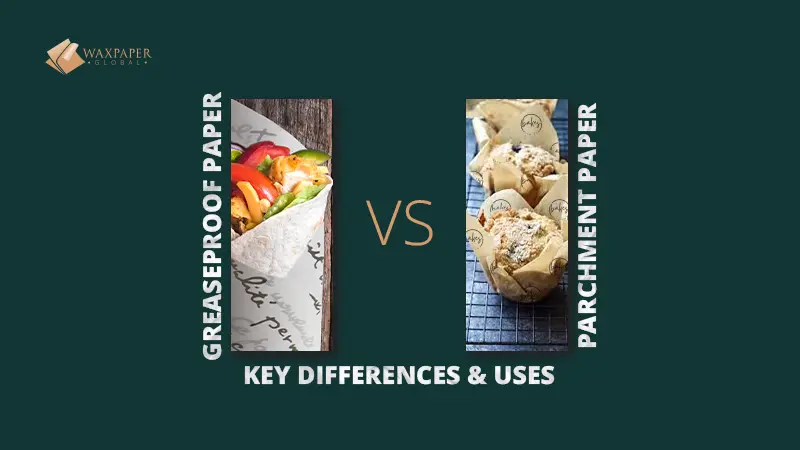
Greaseproof and parchment paper may look similar, but they serve different purposes and have different industrial applications.
Parchment paper has a silicone coating that makes it non-stick and heat-resistant, perfect for baking. Greaseproof paper being uncoated is great for wrapping and packaging food.
While delis, cafes, and catering businesses prefer greaseproof paper for packing, parchment paper is a better option for restaurants that sell baked and roasted items.
While parchment paper offers durability and reusability, greaseproof paper is more economical and environmentally beneficial.
There is a common misperception that parchment paper and greaseproof paper are interchangeable, but this is not true.
Both these types of paper have different properties and uses. This mix-up often results in confusion, particularly when choosing which one to use for cooking, baking, or wrapping.
Let's analyze the details and determine which option best meets your needs.
Parchment paper is a silicone-coated, heat-resistant paper designed for baking and roasting. It prevents food from sticking to trays and pans.
Its manufacturing process includes treating cellulose fibers and coating them with silicone for a non-stick surface.
Greaseproof paper is an uncoated, food-safe paper that naturally repels grease. It is ideal for wrapping sandwiches, pastries, and takeaway items.
This food-safe paper is made by highly refining wood pulp to tighten its fibers, creating a natural grease barrier without any additional coatings.
Greaseproof papers have a thick surface that is naturally resistant to oil and grease. However, it can deteriorate if exposed to wet or greasy foods for a long time because it resists grease but gradually absorbs moisture and oil.
Parchment paper is coated with silicone, which gives it both non-stick and moisture-resistant properties. This makes it a more versatile option for baking and high-heat cooking.
Did you know that even greaseproof paper is not wax-coated? You may want to read about the differences between greaseproof paper and waxed paper.
Since greaseproof paper cannot tolerate high temperatures, it is better suited for food packing and wrapping. It can withstand light baking, but using greaseproof paper in an oven at high temperatures is not advised.
However, parchment paper can withstand oven temperatures of up to 450°F (232°C). Therefore, It is ideal for baking, roasting, and other high-heat cooking methods.
Parchment paper has outstanding non-stick properties. It is the recommended paper for preventing food from adhering to baking sheets and pans.
Greaseproof paper doesn't have this non-stick quality and could need to be greased or treated with extra oils if it is to be used in baking.
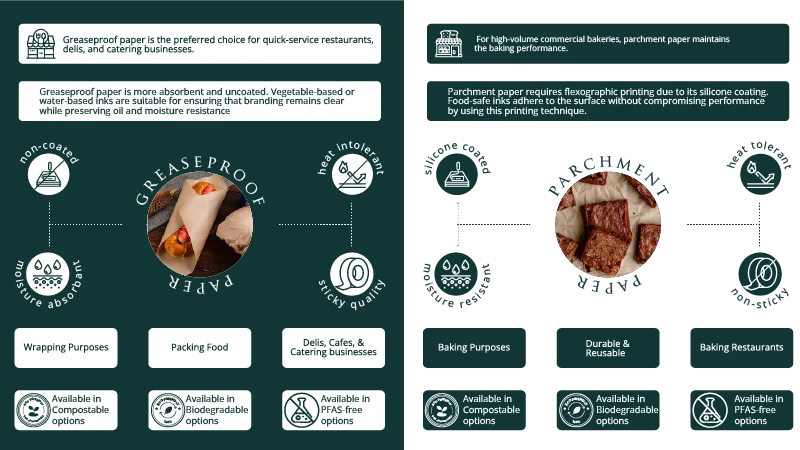
Selecting the right paper depends on operational demands. For high-volume commercial bakeries, parchment paper maintains baking performance. It prevents product loss due to sticking and withstands repeated oven cycles.
Restaurant businesses engaged in batch cooking or roasting can benefit from the high heat tolerance and grease-resistant surface of branded parchment paper.
On the other hand greaseproof paper is the preferred choice for quick-service restaurants, delis, and catering businesses. It provides an oil-resistant and cost-effective wrapping solution for sandwiches, pastries, and takeaway items.
High-quality greaseproof and parchment papers are available in PFAS-free, biodegradable, and compostable options. FSC and PEFC certifications guarantee responsible sourcing.
Parchment paper, particularly reusable varieties can be more costly paper but preferable for tasks needing non-stick surfaces and heat resistance. Certain high-quality parchment papers are designed for multiple baking cycles that enhance cost efficiency for commercial kitchens.
Modern designs can be incorporated on both Greaseproof or parchment paper but the types of coatings or inks used can have a direct impact on how well paper performs.
Parchment paper requires flexographic printing due to its silicone coating. Food-safe inks adhere to the surface without compromising performance by using this printing technique.
Greaseproof paper is more absorbent and uncoated. Vegetable-based or water-based inks are suitable for ensuring that branding remains clear while preserving oil and moisture resistance.
Inks that include a lot of solvents or are oil-based should be avoided as they may influence the grease and heat resistance capacity of paper.
Contact us today to explore customized, food-safe, and industry-compliant paper options that align with your business needs.
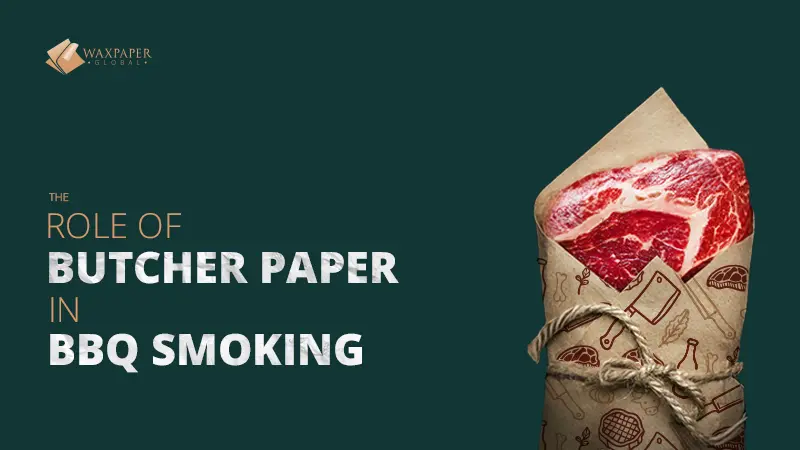
The Role of Butcher Paper in...
Butcher paper has gained popularity as a staple in Texas-style barbecue for its ability to allow smoke absorption while...
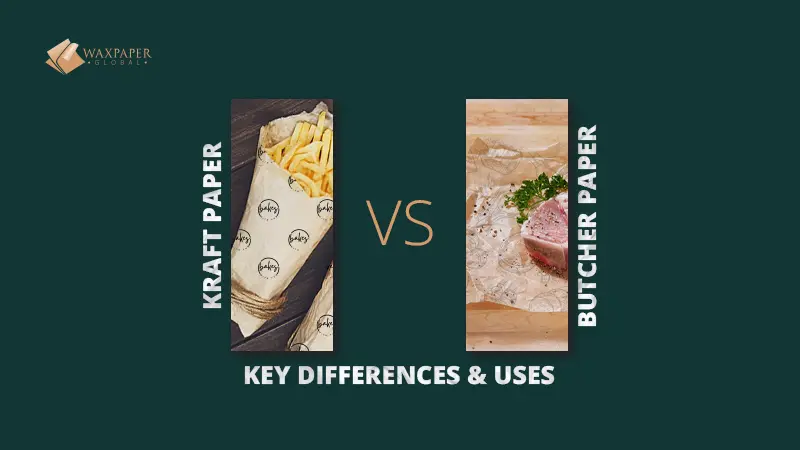
Kraft Paper vs. Butcher Pape...
This guide compares kraft paper and butcher paper in detail to help you determine the best fit for your business.
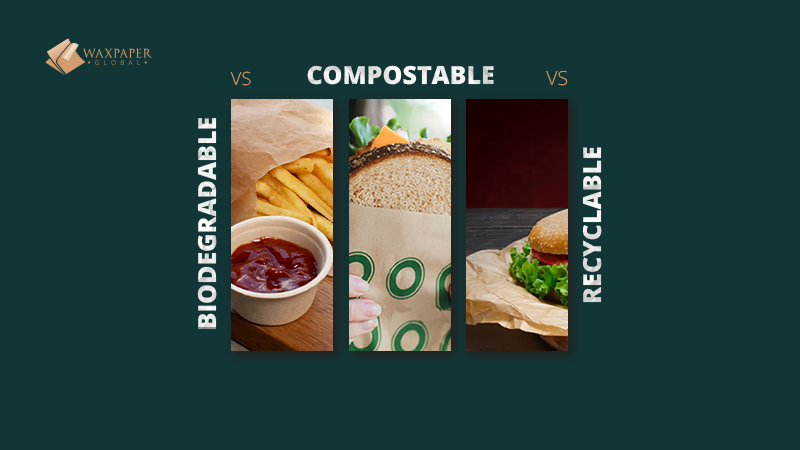
Biodegradable vs Compostable...
This guide will break down the differences between biodegradable, compostable, and recyclable custom food paper
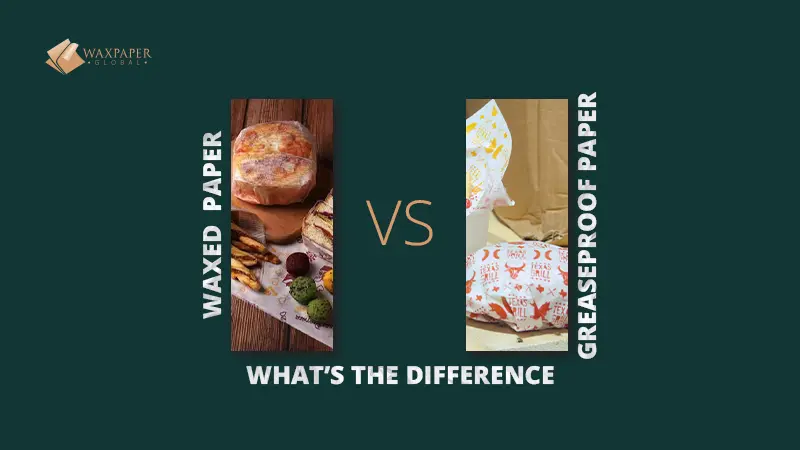
Greaseproof Paper vs. Wax Pa...
Explore the distinct characteristics of both of these types of papers and discover what suits your business.